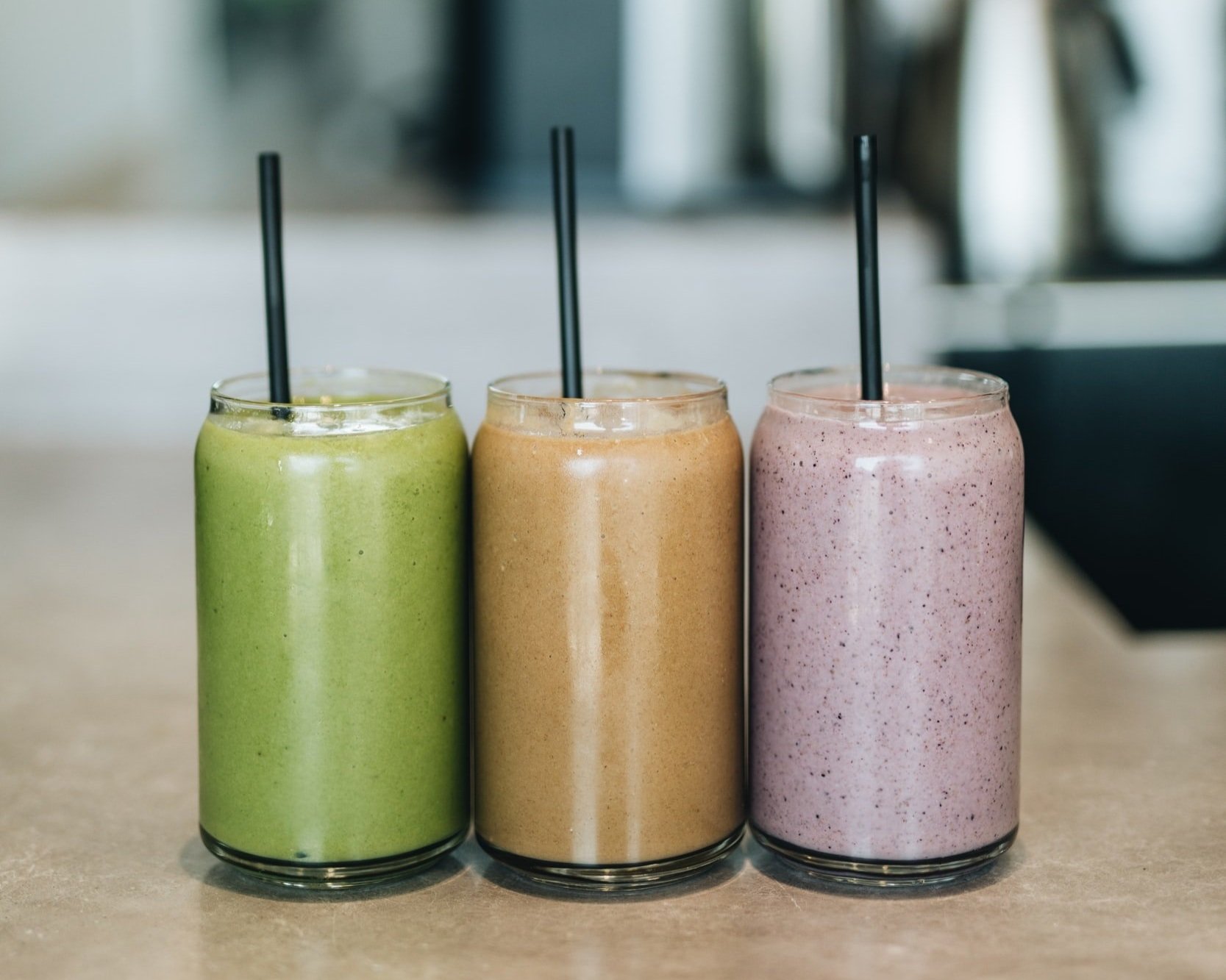How to Build a Better Smoothie
Breakfast is often the meal most of my clients struggle with when changing up their diets and moving away from a more starchy carb way to start the day. It’s also the meal that most people can get on autopilot about and reach for the same thing every day which isn’t ideal when considering the importance of variety in our diet.
I personally love smoothes. I find them satisfying, delicious and a gentle way to wake up my digestion for my first meal of the day. They’re also a great option when you’re in a rush and on the go. I enjoy them year round however, when spring hits and the warmer weather sets in there’s nothing like a smoothie to start the day off right.
That being said, a few missteps and your smoothie can go from energy booster to energy zapper that leaves riding the blood sugar roller coaster all day. Let’s do it!
HOW TO BUILD A SMOOTHIE
Pick your base: 1 - 2 cups liquid (enough to accommodate your solid ingredients). Good options: Water, dairy-free unsweetened milk (coconut, hemp), herbal tea, diluted coconut water (1/3 cup max) or raw whole milk if you tolerate it. Avoid: Juice, sweetened non dairy milks or any sweetened liquids.
Add some fat + fiber: 1 - 2 tablespoons of any of the following: Nut butter, flax, hemp or chia seeds. These fats will also boost the fiber content which will help you stay fuller longer. Coconut butter works well too.
Pick your fruit wisely: This refers to both amount and type. I recommend you add just enough to make it yummy without going overboard. Somewhere between 1/2 cup and 1 cup. Raspberries are low glycemic and are high in fiber. You really can’t go wrong with any berry option. They are low in sugar, high in fiber and rich in color which boosts nutrition and makes it look pretty. If using banana, I recommend limiting it to 1/3 - 1/2 of a green tipped banana. The less ripe ones contain less sugar and have resistant start which is food for the microbiome.
Add some veggies: this is a great way to add in fiber, minerals and phytonutrients and get you on your way to your daily veggie intake. If you get it right, it will enhance the flavor without overtaking it. Think of mild flavored leafy greens like kale, spinach, romaine or high water content veggies like cucumbers and celery. Try adding a few sprigs of herbs like parsley, mint, cilantro or basil which can add a wonderful flavor boost. Here are a few winning flavor combos: blueberry parsley, basil strawberry, cilantro apple.
Don’t forget protein. This is key to keeping you satisfied and keeping your blood sugar stable. Protein powders are an easy way to add in a significant amount of protein. Unflavored whey, pea, hemp, pumpkin, fermented rice or egg protein powders are great options. Just make sure you pick a good brand without a lot of fillers. Two of my favorites are Standard Process and Designs for Health (available to you in my Fullscript dispensary). If you tolerate dairy, Greek yogurt is another option.
Give it a boost: This is where the superfoods come in which are a wonderful way to add flavor and nutrient density. Here are some ideas to play around with: mushroom powders, lemon zest, freshly ground ginger, raw cacao powder or coco nibs, ground cinnamon, maca, turmeric.
